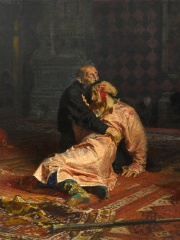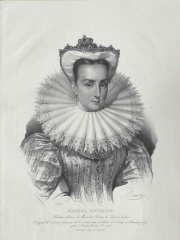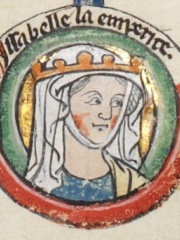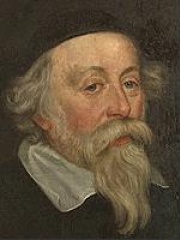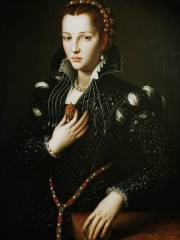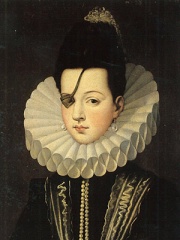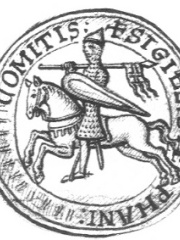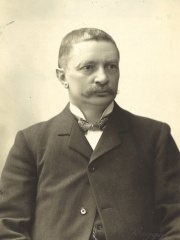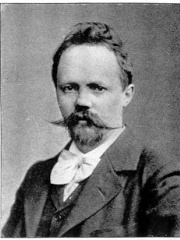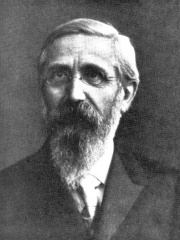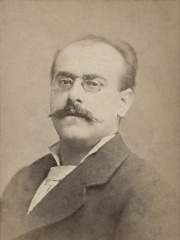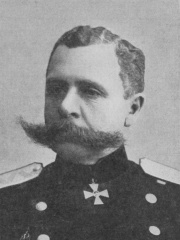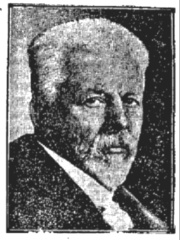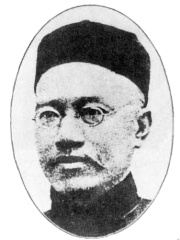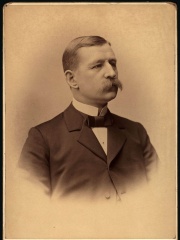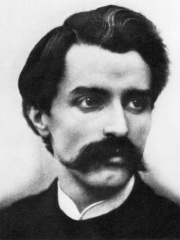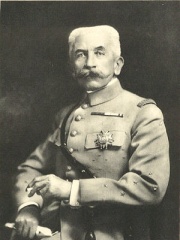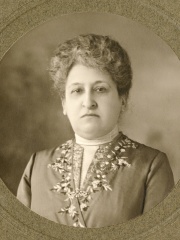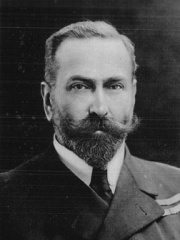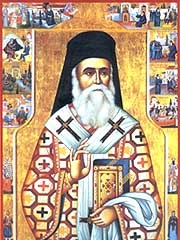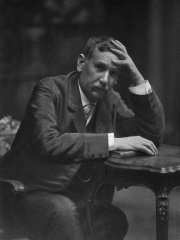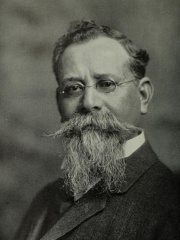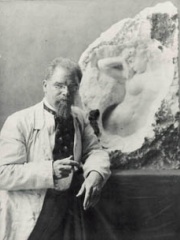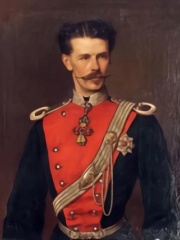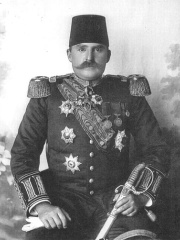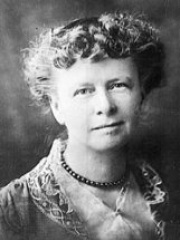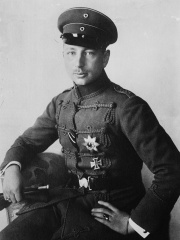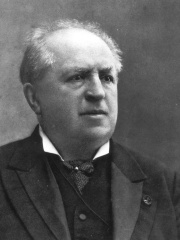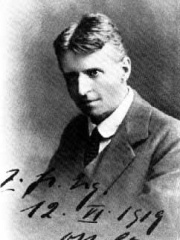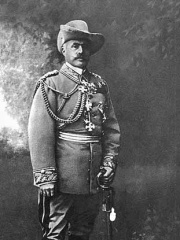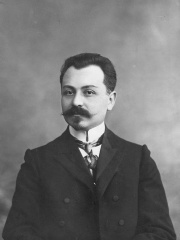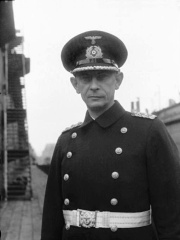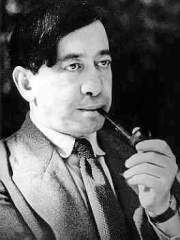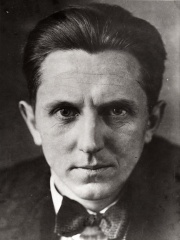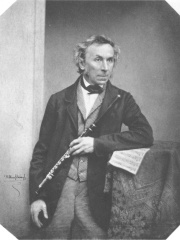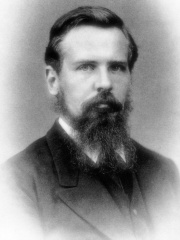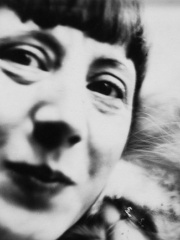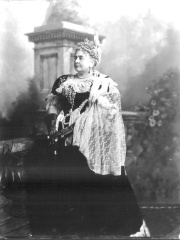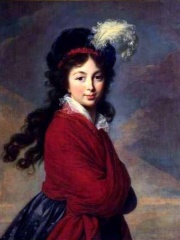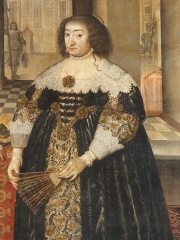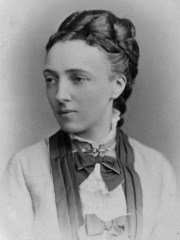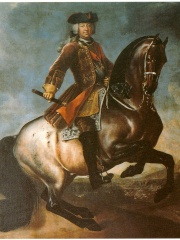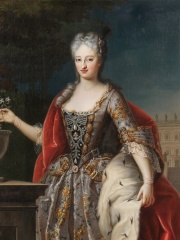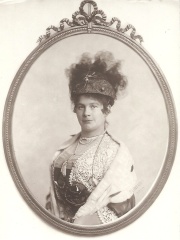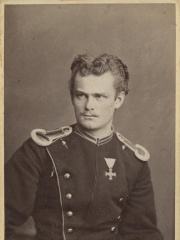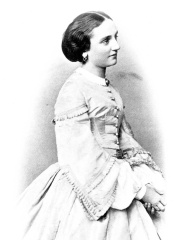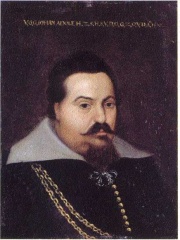NOBLEMAN
Duchess Marie of Mecklenburg-Schwerin
1854 - 1920
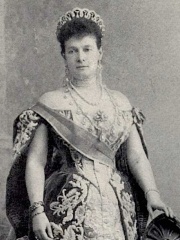
 Duchess Marie of Mecklenburg-Schwerin
Duchess Marie of Mecklenburg-Schwerin
Duchess Marie of Mecklenburg-Schwerin, later Grand Duchess Maria Pavlovna, Grand Duchess Vladimir "Miechen" of Russia (Russian: Мари́я Па́вловна; 14 May [O.S. 2 May] 1854 – 6 September 1920), also known as Maria Pavlovna the Elder, was the eldest daughter of Grand Duke Friedrich Franz II of Mecklenburg-Schwerin by his first wife, Princess Augusta Reuss of Köstritz. Read more on Wikipedia
Since 2007, the English Wikipedia page of Duchess Marie of Mecklenburg-Schwerin has received more than 436,222 page views. Her biography is available in 28 different languages on Wikipedia (down from 29 in 2019). Duchess Marie of Mecklenburg-Schwerin is the 277th most popular nobleman (down from 230th in 2019), the 1,285th most popular biography from Germany (down from 993rd in 2019) and the 43rd most popular German Nobleman.
Duchess Marie of Mecklenburg-Schwerin is most famous for being the mother of the current Queen of Denmark, Margrethe II.
Memorability Metrics
440k
Page Views (PV)
59.92
Historical Popularity Index (HPI)
28
Languages Editions (L)
5.87
Effective Languages (L*)
2.63
Coefficient of Variation (CV)
Page views of Duchess Marie of Mecklenburg-Schwerins by language
Over the past year Duchess Marie of Mecklenburg-Schwerin has had the most page views in the English wikipedia edition with 70,501 views, followed by Russian (32,987), and Spanish (8,113). In terms of yearly growth of page views the top 3 wikpedia editions are Esperanto (95.75%), Finnish (59.73%), and Indonesian (48.57%)
Among NOBLEMEN
Among noblemen, Duchess Marie of Mecklenburg-Schwerin ranks 277 out of 1,415. Before her are Robert III of Artois, Grand Duchess Maria Vladimirovna of Russia, Tsarevich Ivan Ivanovich of Russia, Lady Sarah Chatto, Marina Mniszech, and Isabella of England. After her are John Casimir, Count Palatine of Kleeburg, Lucrezia de' Medici, Duchess of Ferrara, Prince Carl Philip, Duke of Värmland, Ana de Mendoza, Princess of Eboli, Stephen, Count of Blois, and John I, Count of La Marche.
Most Popular Noblemen in Wikipedia
Go to all RankingsRobert III of Artois
1287 - 1342
HPI: 60.05
Rank: 271
Grand Duchess Maria Vladimirovna of Russia
1953 - Present
HPI: 60.05
Rank: 272
Tsarevich Ivan Ivanovich of Russia
1554 - 1581
HPI: 60.02
Rank: 273
Lady Sarah Chatto
1964 - Present
HPI: 59.97
Rank: 274
Marina Mniszech
1588 - 1614
HPI: 59.96
Rank: 275
Isabella of England
1214 - 1241
HPI: 59.95
Rank: 276
Duchess Marie of Mecklenburg-Schwerin
1854 - 1920
HPI: 59.92
Rank: 277
John Casimir, Count Palatine of Kleeburg
1589 - 1652
HPI: 59.92
Rank: 278
Lucrezia de' Medici, Duchess of Ferrara
1545 - 1561
HPI: 59.89
Rank: 279
Prince Carl Philip, Duke of Värmland
1979 - Present
HPI: 59.89
Rank: 280
Ana de Mendoza, Princess of Eboli
1540 - 1592
HPI: 59.84
Rank: 281
Stephen, Count of Blois
1045 - 1102
HPI: 59.84
Rank: 282
John I, Count of La Marche
1344 - 1393
HPI: 59.83
Rank: 283
Contemporaries
Among people born in 1854, Duchess Marie of Mecklenburg-Schwerin ranks 22. Before her are Johannes Rydberg, Engelbert Humperdinck, Paul Natorp, Léo Taxil, Paul von Rennenkampf, and Georg Kerschensteiner. After her are Yan Fu, Salomon August Andrée, Alfredo Catalani, Hubert Lyautey, Aletta Jacobs, and Prince Louis of Battenberg. Among people deceased in 1920, Duchess Marie of Mecklenburg-Schwerin ranks 27. Before her are Nectarios of Aegina, Benito Pérez Galdós, Venustiano Carranza, Max Klinger, Duke Ludwig Wilhelm in Bavaria, and Essad Pasha Toptani. After her are Eleanor H. Porter, Prince Joachim of Prussia, Abraham Kuyper, Otto Gross, Lothar von Trotha, and Fatali Khan Khoyski.
Others Born in 1854
Go to all RankingsJohannes Rydberg
PHYSICIST
1854 - 1919
HPI: 61.74
Rank: 16
Engelbert Humperdinck
COMPOSER
1854 - 1921
HPI: 61.18
Rank: 17
Paul Natorp
PHILOSOPHER
1854 - 1924
HPI: 60.54
Rank: 18
Léo Taxil
WRITER
1854 - 1907
HPI: 60.38
Rank: 19
Paul von Rennenkampf
MILITARY PERSONNEL
1854 - 1918
HPI: 60.18
Rank: 20
Georg Kerschensteiner
POLITICIAN
1854 - 1932
HPI: 59.99
Rank: 21
Duchess Marie of Mecklenburg-Schwerin
NOBLEMAN
1854 - 1920
HPI: 59.92
Rank: 22
Yan Fu
WRITER
1854 - 1921
HPI: 59.50
Rank: 23
Salomon August Andrée
EXPLORER
1854 - 1897
HPI: 59.20
Rank: 24
Alfredo Catalani
COMPOSER
1854 - 1893
HPI: 58.82
Rank: 25
Hubert Lyautey
MILITARY PERSONNEL
1854 - 1934
HPI: 58.79
Rank: 26
Aletta Jacobs
PHYSICIAN
1854 - 1929
HPI: 58.25
Rank: 27
Prince Louis of Battenberg
POLITICIAN
1854 - 1921
HPI: 58.20
Rank: 28
Others Deceased in 1920
Go to all RankingsNectarios of Aegina
RELIGIOUS FIGURE
1846 - 1920
HPI: 62.31
Rank: 21
Benito Pérez Galdós
WRITER
1843 - 1920
HPI: 61.52
Rank: 22
Venustiano Carranza
POLITICIAN
1859 - 1920
HPI: 61.19
Rank: 23
Max Klinger
PAINTER
1857 - 1920
HPI: 60.98
Rank: 24
Duke Ludwig Wilhelm in Bavaria
POLITICIAN
1831 - 1920
HPI: 60.89
Rank: 25
Essad Pasha Toptani
POLITICIAN
1863 - 1920
HPI: 60.23
Rank: 26
Duchess Marie of Mecklenburg-Schwerin
NOBLEMAN
1854 - 1920
HPI: 59.92
Rank: 27
Eleanor H. Porter
WRITER
1868 - 1920
HPI: 59.73
Rank: 28
Prince Joachim of Prussia
COMPANION
1890 - 1920
HPI: 59.58
Rank: 29
Abraham Kuyper
POLITICIAN
1837 - 1920
HPI: 59.36
Rank: 30
Otto Gross
PSYCHOLOGIST
1877 - 1920
HPI: 58.80
Rank: 31
Lothar von Trotha
MILITARY PERSONNEL
1848 - 1920
HPI: 58.47
Rank: 32
Fatali Khan Khoyski
POLITICIAN
1875 - 1920
HPI: 58.42
Rank: 33
In Germany
Among people born in Germany, Duchess Marie of Mecklenburg-Schwerin ranks 1,285 out of 7,253. Before her are Ernst Lindemann (1894), Elizabeth of Carinthia, Queen of Germany (1262), Til Schweiger (1963), Siegfried Kracauer (1889), Erwin Piscator (1893), and Theobald Boehm (1794). After her are Paul Langerhans (1847), John Casimir, Count Palatine of Kleeburg (1589), Constantin Carathéodory (1873), Jens Lehmann (1969), Hannah Höch (1889), and Willi Herold (1925).
Others born in Germany
Go to all RankingsErnst Lindemann
MILITARY PERSONNEL
1894 - 1941
HPI: 59.97
Rank: 1,279
Elizabeth of Carinthia, Queen of Germany
COMPANION
1262 - 1312
HPI: 59.95
Rank: 1,280
Til Schweiger
ACTOR
1963 - Present
HPI: 59.95
Rank: 1,281
Siegfried Kracauer
WRITER
1889 - 1966
HPI: 59.94
Rank: 1,282
Erwin Piscator
POLITICIAN
1893 - 1966
HPI: 59.94
Rank: 1,283
Theobald Boehm
INVENTOR
1794 - 1881
HPI: 59.93
Rank: 1,284
Duchess Marie of Mecklenburg-Schwerin
NOBLEMAN
1854 - 1920
HPI: 59.92
Rank: 1,285
Paul Langerhans
POLITICIAN
1847 - 1888
HPI: 59.92
Rank: 1,286
John Casimir, Count Palatine of Kleeburg
NOBLEMAN
1589 - 1652
HPI: 59.92
Rank: 1,287
Constantin Carathéodory
MATHEMATICIAN
1873 - 1950
HPI: 59.91
Rank: 1,288
Jens Lehmann
SOCCER PLAYER
1969 - Present
HPI: 59.91
Rank: 1,289
Hannah Höch
PAINTER
1889 - 1978
HPI: 59.91
Rank: 1,290
Willi Herold
EXTREMIST
1925 - 1946
HPI: 59.90
Rank: 1,291
Among NOBLEMEN In Germany
Among noblemen born in Germany, Duchess Marie of Mecklenburg-Schwerin ranks 43. Before her are Princess Mary Adelaide of Cambridge (1833), Princess Juliane of Saxe-Coburg-Saalfeld (1781), George, Duke of Saxony (1471), Elizabeth Charlotte of the Palatinate, Electress of Brandenburg (1597), Princess Cecilie of Baden (1839), and Charles Alexander, Duke of Württemberg (1684). After her are John Casimir, Count Palatine of Kleeburg (1589), Anne Christine of Sulzbach, Princess of Piedmont (1704), Princess Auguste of Bavaria (1877), Duke Maximilian Emanuel in Bavaria (1849), Princess Sophie of Saxony (1845), and John Adolf, Duke of Holstein-Gottorp (1575).
Princess Mary Adelaide of Cambridge
1833 - 1897
HPI: 60.53
Rank: 37
Princess Juliane of Saxe-Coburg-Saalfeld
1781 - 1860
HPI: 60.47
Rank: 38
George, Duke of Saxony
1471 - 1539
HPI: 60.45
Rank: 39
Elizabeth Charlotte of the Palatinate, Electress of Brandenburg
1597 - 1660
HPI: 60.42
Rank: 40
Princess Cecilie of Baden
1839 - 1891
HPI: 60.27
Rank: 41
Charles Alexander, Duke of Württemberg
1684 - 1737
HPI: 60.08
Rank: 42
Duchess Marie of Mecklenburg-Schwerin
1854 - 1920
HPI: 59.92
Rank: 43
John Casimir, Count Palatine of Kleeburg
1589 - 1652
HPI: 59.92
Rank: 44
Anne Christine of Sulzbach, Princess of Piedmont
1704 - 1723
HPI: 59.73
Rank: 45
Princess Auguste of Bavaria
1877 - 1964
HPI: 59.62
Rank: 46
Duke Maximilian Emanuel in Bavaria
1849 - 1893
HPI: 59.28
Rank: 47
Princess Sophie of Saxony
1845 - 1867
HPI: 59.19
Rank: 48
John Adolf, Duke of Holstein-Gottorp
1575 - 1616
HPI: 59.12
Rank: 49


